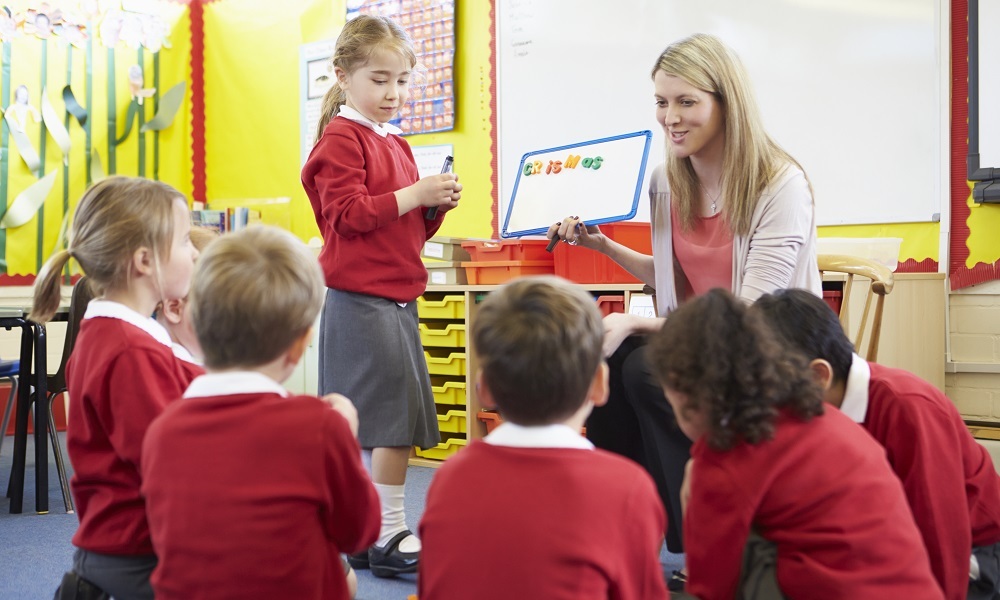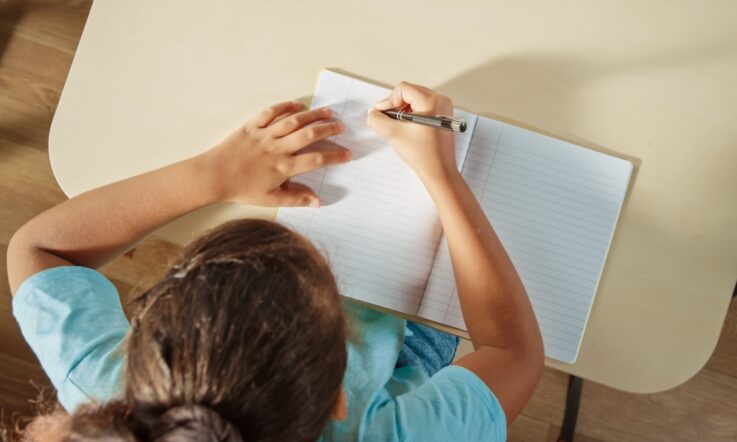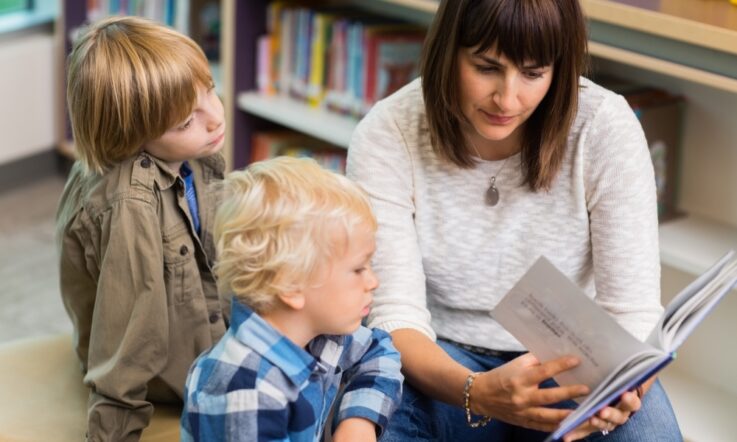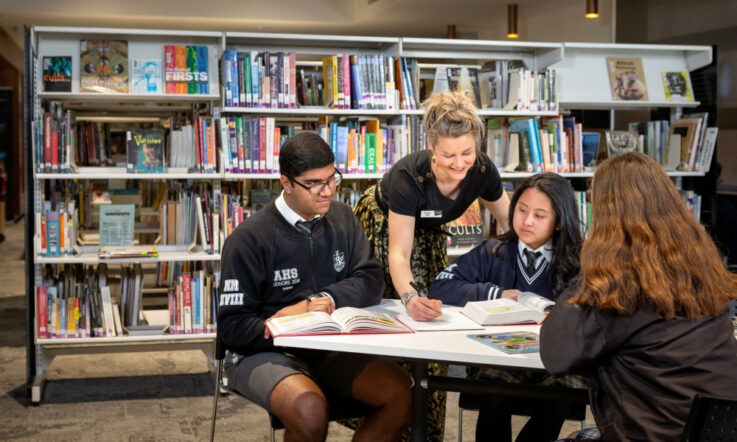A study involving 25 teachers who are also speech-language therapists (SLTs) has provided insight into the barriers and facilitators for effective collaboration between the two professions. The study, Dual-qualified teachers and speech-language therapists reflect on preparation and practice in school-based language and literacy, was published last month in the Child Language Teaching and Therapy journal.
In this article, we speak to the report’s authors, Emina McLean, Dr Pamela Snow and Dr Tanya Serry, about the research findings and implications. Emina McLean is an Adjunct Lecturer in literacy at La Trobe University, Head of English at a Victorian primary school, and a professional learning provider and instructional coach in various schools across the country. She is also a research member of La Trobe University’s Science of Language and Reading (SOLAR) Lab.
Pamela Snow is a speech-language pathologist and registered psychologist. She is a Professor of Cognitive Psychology in the School of Education at La Trobe University, and co-director of the SOLAR Lab. Tanya Serry is a speech-language pathologist and an Associate Professor (Literacy) in the School of Education at La Trobe University. She is the co-founder and co-director of the SOLAR Lab.
The research aim and method
‘Literacy instruction and intervention sits within the professional scope and responsibility of teachers and speech-pathologists in schools. Who does what is not well understood or fleshed out, and we are yet to achieve clear agreement on how to best work together,’ McLean shares with Teacher.
‘We became aware of a significant number of practitioners who are dual-qualified as speech-language pathologists and teachers and hypothesised that they might be able to offer unique insights around the background knowledge conferred in pre-service education in both fields and ways in which the two disciplines can leverage each other’s knowledge base for improved interdisciplinary practice across all pedagogical tiers in schools,’ Snow tells Teacher.
‘We became interested as well about whether having both qualifications gave these professionals any greater credibility among their peers,’ Serry says. ‘For example, would they get more traction [than] a singly qualified professional when recommending something such as a new way of assessing students or a shift in pedagogical practices?’
To explore these issues, data was collected from semi-structured interviews which were conducted with the 25 dual-qualified participants. An interpretative phenomenological analysis (IPA) framework was utilised, which is a qualitative data analysis method that involves examining three elements of the experiences of participants: information on their personal lived experience; what those experiences mean; and how they made sense of that experience.
‘Questions were developed to drive discussion during interviews, and to explore the thinking and feeling of participants on a range of issues,’ McLean explains. ‘An IPA approach digs a little deeper into the data than other approaches which are often concerned only with finding themes.’
An IPA concentrates on the participants’ personal perception of an object or event, Snow describes, instead of seeking to produce an objective statement of the object or event.
Barriers and facilitators for effective collaboration
Two key themes from this study emerged: pre-service inadequacies for both qualifications, and employment challenges and enablers.
Emerging from these themes was the particular point of many participants saying they felt the need to undertake additional literacy professional development immediately after graduating for the first time. This appeared to be more apparent if they had studied teaching first.
‘Additional professional learning was often undertaken at significant personal cost over long periods of time, and some participants lamented the quality of professional learning that is routinely on offer to school staff,’ McLean shares. ‘It was interesting to note that many who graduated with a teaching degree saw going on to complete a speech pathology degree as a form of extended professional learning.’
The report states that: ‘Arguably, more needs to be done to better prepare teachers for the teaching of literacy, which in turn can close the knowledge gap between teachers and SLTs, likely allowing for more effective instruction, intervention and collaboration in school settings.’
While this point lends itself to developments in the pre-service teacher education setting, Snow says there are things school communities can consider.
‘…Schools can leverage the advantages of employing staff who are dual qualified, to ensure that “all the bases are covered” in early language and literacy,’ she says. ‘Schools can also take steps to support inter-disciplinary collaborations between teachers and speech-language pathologists, across all instructional tiers, to reduce early reading failure and ensure that children’s academic and social success is promoted.’
References
McLean, E. J., Snow, P. C., & Serry, T. A. (2021). Dual-qualified teachers and speech-language therapists reflect on preparation and practice in school-based language and literacy. Child Language Teaching and Therapy. https://doi.org/10.1177/0265659021995543
Pamela Snow says schools can take steps to support collaborations between teachers and speech-language pathologists to reduce early reading failure.
If your school community is already enlisting the expertise of speech-language therapists, is there room to enhance your collaboration? What would some possible barriers and facilitators for your circumstances be? How will you work to overcome these barriers?



